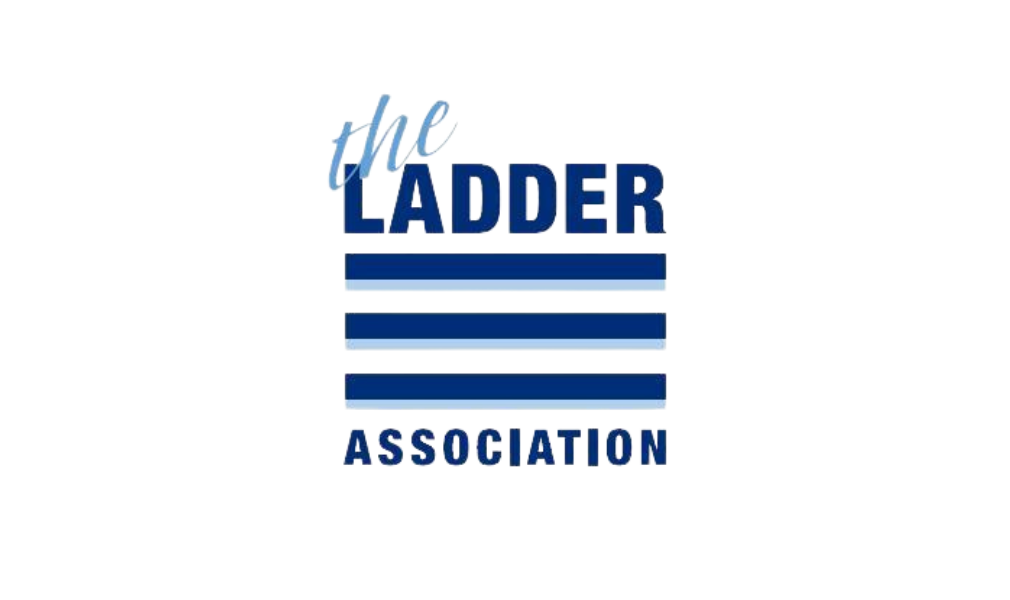Frequently Asked Questions
Please read through the questions and answers below. If you do not find the answer to your question, please contact us on 01792 796666 or sales@lyteladders.co.uk, we are always happy to help.
Can I buy ladders and access equipment directly from Lyte Ladders?
Lyte Ladders does not sell directly to end users. Our products are available through resellers, distributors, and builders’ merchants. However, we do supply corporate customers, including large companies like BT, Sky, and British Gas. For individual purchases, we recommend contacting one of our resellers. For corporate enquiries, please reach out to our sales team for more information on how we can support your business needs.
Can I hire ladders and access equipment from Lyte Ladders?
Lyte Ladders' products are available for hire through the leading hire companies across the UK and Ireland. Whether you're looking for ladders, towers, staging boards or other access equipment, our products can be rented from trusted partners. Contact your local hire company or visit their websites for availability and pricing on our full range of products.
How do I become a distributor of Lyte Ladders & Towers Ltd?
If you’re interested in becoming a distributor of Lyte Ladders, please contact our sales department on 01792 796666 or email sales@lyteladders.co.uk. We are always looking for partners who share our commitment to providing high-quality ladders and access solutions.
What are your opening times?
Our customer service and sales departments are open from 08:30 – 16:30, Monday to Friday. Please note that we are closed on national holidays. If you need assistance outside of these hours, you can still browse our products online and send us an email at sales@lyteladders.co.uk for follow-up during working hours.
What is the expected delivery time?
We aim to deliver within 5 working days of receiving your order. Please allow for additional time during peak seasons or holidays. For urgent orders, contact our sales team directly to discuss expedited delivery options. Your order can be tracked through the delivery company on their all-day service — they do not provide specific timeslots.
What type of products do you offer?
We manufacture and supply a large variety of ladders and access equipment, including extension ladders, stepladders, roof ladders, industrial towers, podiums, warehouse and low-level access solutions. Our products cater to both professional and industrial applications, ensuring safety and durability. We also offer a Bespoke Access Solution Service to design products specifically for your industry. Visit our Product Range to view the complete range.
What types of ladders are available, and which should I choose?
Corporate enquiryAt Lyte Ladders, we offer various types of ladders to suit different tasks:
- Step Ladders: Ideal for tasks that require a self-supporting ladder, such as indoor work or low-level access.
- Extension Ladders: Great for outdoor use or tasks that require reaching high places, such as roofing or painting.
- Roof Ladders: Specifically designed for working safely on pitched roofs with secure ridge hooks.
- Glassfibre Ladders: Non-conductive and perfect for electricians or work near electrical hazards.
- Multipurpose Ladders: Adaptable for various tasks, from stepladders to extension ladders.
When choosing a ladder, ensure you consider the height, frequency of use, and required load capacity. Always select a ladder certified to BS EN131 standards, ensuring safety and compliance.
What is the BS EN131 Standard?
The BS EN131 is the British and European safety standard for portable ladders used in both domestic and professional environments. It ensures that ladders meet rigorous testing for:
- Durability
- Load Capacity (150kg for both professional and non-professional ladders)
- Stability
All ladders from Lyte Ladders comply with BS EN131 standards, ensuring they meet the necessary safety regulations for industrial and trade use.
How do I inspect my ladder before use?
Always perform a pre-use check before climbing a ladder. Check for:
- Damage to the stiles, rungs, or feet
- Missing, loose, or worn components
- Bent or twisted parts
Ensure the ladder is clean, free of contaminants, and stable. For further guidance, follow the instructions on your ladder's user manual.
What is the safe working height for ladders?
For safe ladder use:
- Step Ladders: Do not stand on the top three treads unless it has a platform.
- Extension Ladders: The highest standing point should be at least 1m below the top of the ladder.
Always maintain three points of contact (two hands and one foot or two feet and one hand) while working.
What load capacity should my ladder have?
Ladders are classified based on load capacity:
- EN131 Professional: Up to 150kg, suitable for industrial tasks.
- EN131 Non-Professional: Up to 150kg, ideal for DIY or light trade use.
Always ensure the ladder you choose is rated for the weight of the user and any tools being carried.
How do I use a ladder safely?
Always follow the 4-to-1 rule for extension ladders, meaning the base should be 1 unit away from the wall for every 4 units of height. Keep three points of contact when ascending or descending, and never overreach while working.
Can I use a ladder near electrical hazards?
If working near electrical sources, always use a glassfibre ladder. These are non-conductive and certified for electrical work, ensuring safety from electrocution. Avoid using aluminium ladders near electrical hazards.
How often should I inspect my ladder?
- Daily pre-use inspections: Check for visible damage or defects.
- Detailed inspections: Every 3 to 6 months, or more frequently if the ladder is used in harsh environments. Record any detailed inspections for future reference.
What is the correct angle for setting up an extension ladder?
For safe ladder placement, follow the 4-to-1 rule: for every 4 units of height, place the base of the ladder 1 unit away from the wall. This ensures the ladder is stable and positioned at a safe angle of approximately 75 degrees.
Do I need stabiliser bars on my ladder?
According to the Ladder Association Code of Practice, under the EN131 standards, extension ladders that are over 3 metres in height must have a stabiliser bar for increased safety. This feature ensures that the ladder has a wider base, preventing sideways movement or slips, especially on uneven surfaces.
For tasks involving ladders taller than this height, users are required to fit the stabiliser bar before use to ensure full compliance with EN131.
Can my Double or Triple Extension ladders be taken apart?
No, according to EN131-2 certification and regulations, all our extension ladders are designed as a whole unit and must not be taken apart. These safety standards ensure that the ladder functions properly and remains secure during use.






